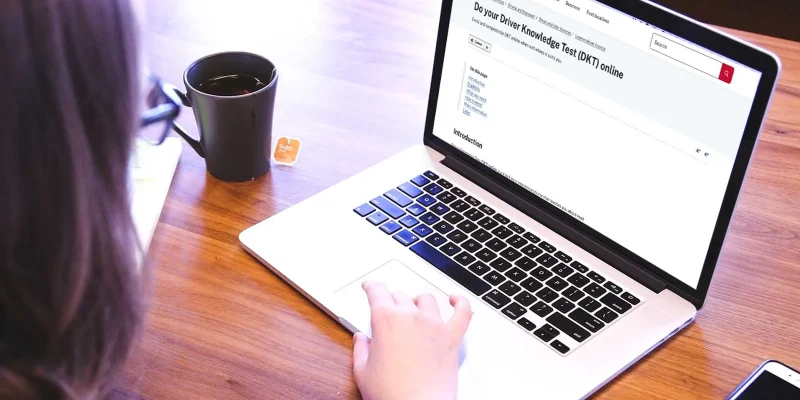As a learner driver in Victoria, understanding the logbook requirements is essential for obtaining your probationary license. The logbook serves as a record of your driving experience, helping you track your progress and demonstrate your commitment to becoming a responsible driver. In this blog, we’ll delve into the details of the Victoria logbook requirements, including what you need to know, how to fill it out correctly, and tips for a successful journey.
What is a Logbook?
A logbook is an official document that records your driving practice hours, detailing the conditions under which you have driven. It is a crucial part of the learning process, providing evidence of your experience behind the wheel. In Victoria, the logbook must be filled out accurately and kept up-to-date to ensure a smooth transition to obtaining your full driver’s license.
Why is a Logbook Important?
The logbook serves multiple purposes:
- Documenting Experience: It tracks the number of hours you have spent driving and helps you gain the necessary experience before applying for your probationary license.
- Assessing Skill Level: By keeping a detailed log, you can assess your skill level in different driving conditions, which is vital for your growth as a driver.
- Legal Requirement: Completing the logbook is a legal requirement in Victoria for learner drivers. Failing to maintain an accurate logbook may lead to complications during your license application process.
Victoria Logbook Requirements
Minimum Driving Hours
In Victoria, learner drivers must complete a minimum of 120 hours of supervised driving experience, including at least 20 hours of night driving. This requirement ensures that you gain a comprehensive understanding of various driving conditions and circumstances.
Victoria Learner Logbook Format
The logbook can be either a physical book or a digital version. The most important aspect is that it must clearly document the following:
- Date of the drive
- Total hours driven
- Conditions of the drive (e.g., day, night, adverse weather)
- Name and signature of the supervising driver
Supervisor Requirements
Your supervising driver must meet specific criteria to ensure you receive quality instruction. They must:
- Be at least 21 years old.
- Hold a valid Australian driver’s license for the vehicle class you are driving.
- Have held their license for at least four years.
Night Driving Requirements
Of the 120 hours required, 20 hours must be completed during night driving. Night driving is crucial for developing your skills in low-light conditions, which can significantly differ from driving during the day. Make sure to schedule your night driving sessions to maximize your experience in this essential area.
How to Fill Out Your Victoria Learner Logbook
Filling out your logbook may seem daunting at first, but it becomes easier with practice. Here are some tips to ensure your logbook is filled out correctly:
- Be Consistent: Record your driving sessions immediately after each drive to ensure accuracy. Consistency is key to maintaining an up-to-date logbook.
- Double-check Entries: Always review your entries for accuracy, including the date, hours, and conditions of each drive. This will help you avoid any potential discrepancies.
- Use Clear Language: Write clearly and concisely. Avoid abbreviations that could lead to confusion.
- Organize Your Logbook: Whether you’re using a physical book or an app, keeping your logbook organized will help you quickly find the information you need.
Tips for Success Victoria Learner Logbook
Start Early
Begin logging your hours as soon as you receive your learner’s permit. Starting early gives you ample time to meet the 120-hour requirement and ensures you’re not rushed as your probationary license application approaches.
Practice in Diverse Conditions
Make a conscious effort to drive in various conditions, including:
- Busy urban environments
- Rural roads
- Highways
- Adverse weather conditions
This diverse practice will enhance your driving skills and prepare you for the challenges you may face as a fully licensed driver.
Seek Feedback
After each driving session, ask your supervising driver for feedback. Constructive criticism can help you identify areas for improvement, allowing you to refine your skills continuously.
Stay Informed
Keep yourself updated on any changes to the logbook requirements or driving regulations in Victoria. This knowledge will ensure you remain compliant and prepared for your driving tests.
Conclusion
Understanding the Victoria logbook requirements is crucial for every learner driver. By keeping a well-maintained logbook and accumulating the necessary driving experience, you set yourself up for success in obtaining your probationary license. Remember to practice in diverse conditions, seek feedback, and stay informed about regulations. With dedication and effort, you’ll be well on your way to becoming a skilled and responsible driver.

